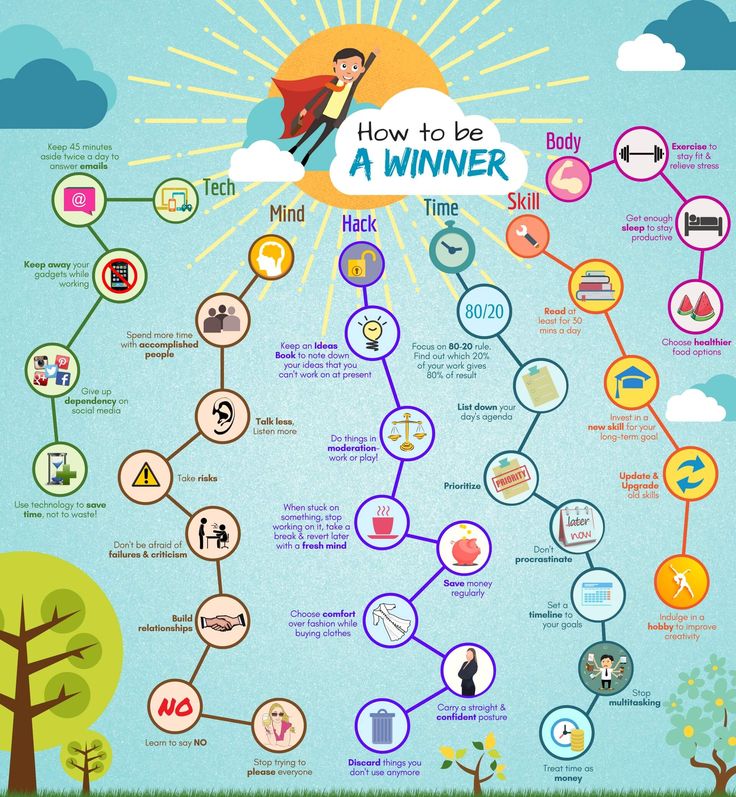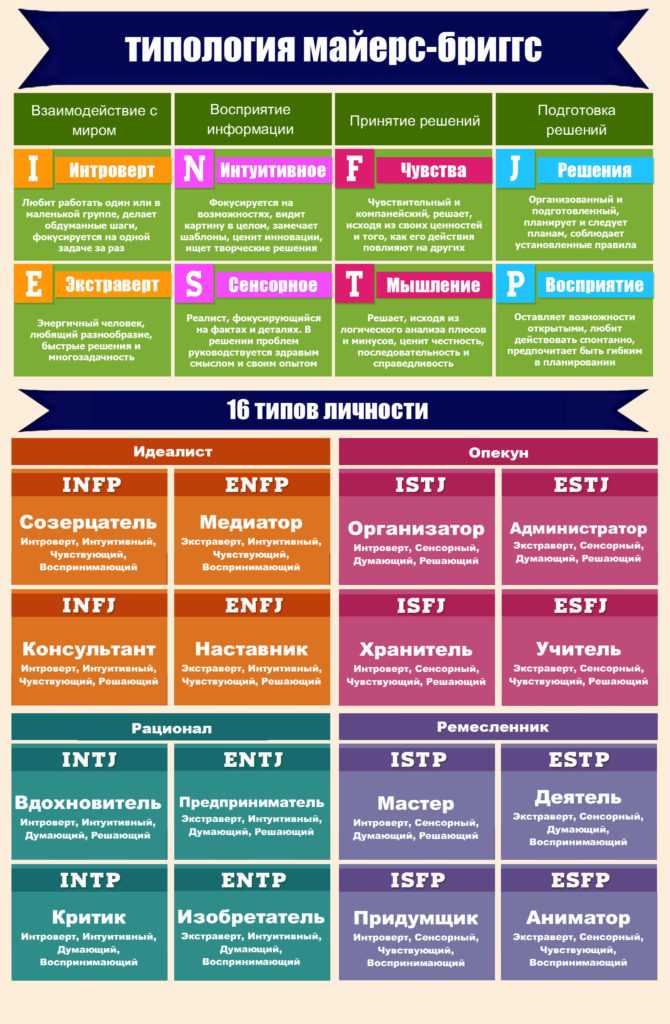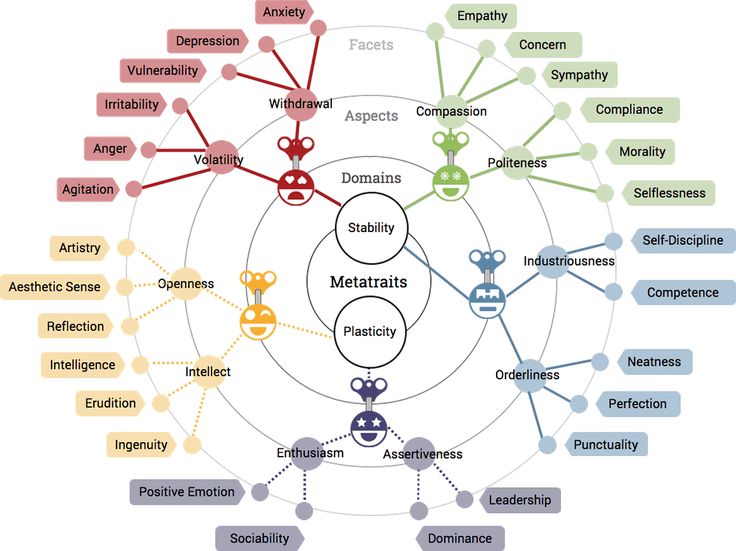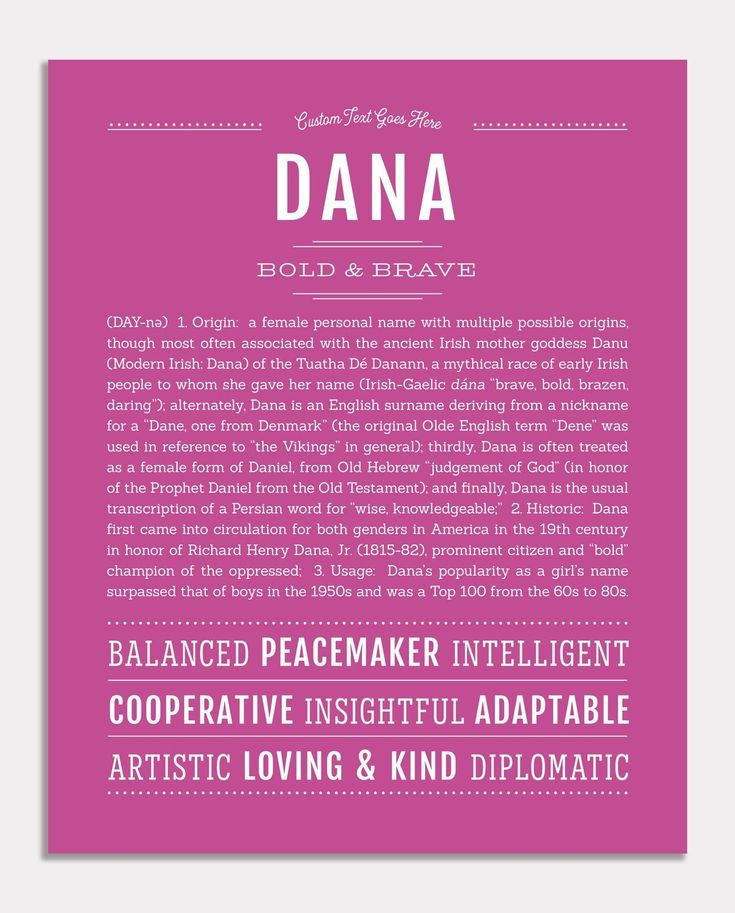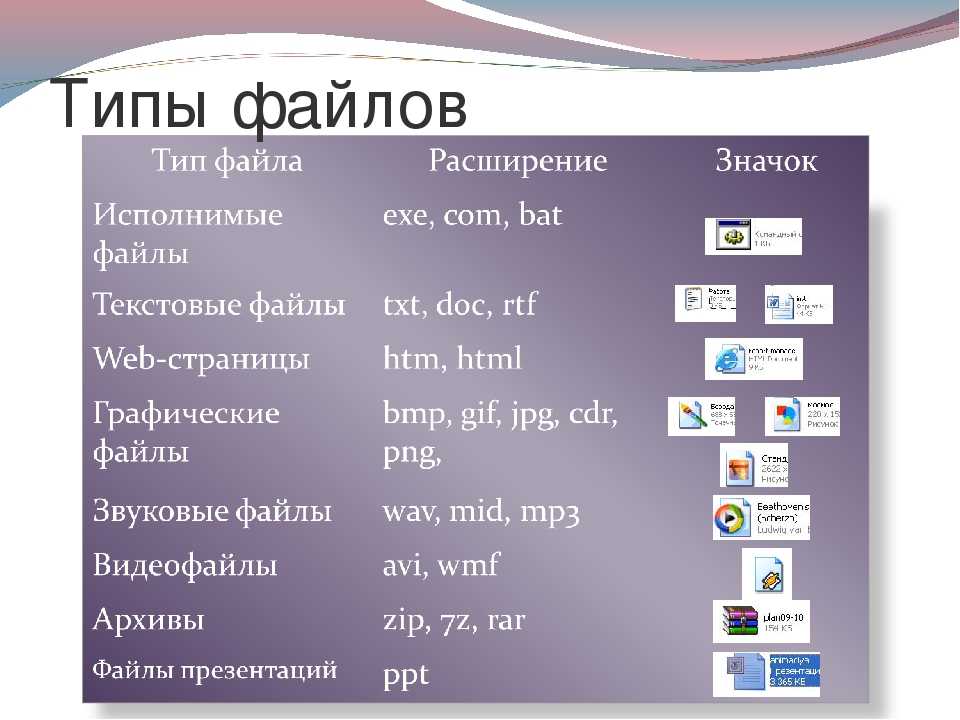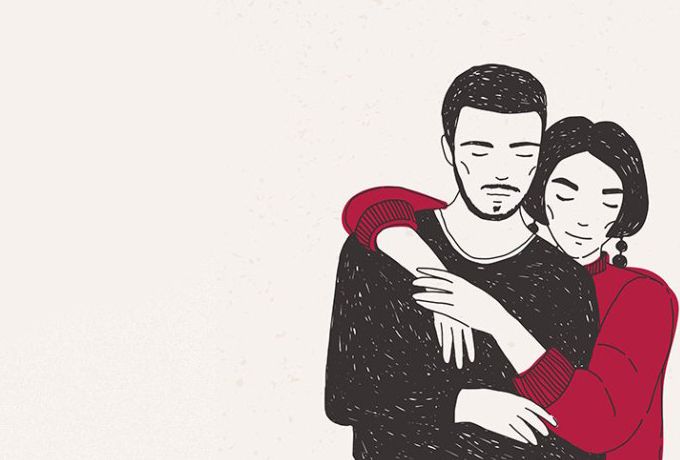Autism score test
Modified Checklist for Autism in Toddlers, Revised (M-CHAT-R™)
The Modified Checklist for Autism in Toddlers, Revised (M-CHAT-R) is a screener that will ask a series of 20 questions about your child’s behavior. It's intended for toddlers between 16 and 30 months of age. The results will let you know if a further evaluation may be needed. You can use the results of the screener to discuss any concerns that you may have with your child’s healthcare provider.
Please answer questions to reflect your child's usual behaviors. If the behavior is rare (e.g., you've seen it only once or twice), answer as if the child has not acquired the behavior.
M-CHAT-R (Modified Checklist for Autism in Toddlers, Revised)
-
If you point at something across the room, does your child look at it? (For Example, if you point at a toy or an animal, does your child look at the toy or animal?)
Answer 1- Yes
- No
Total 20 Questions
Review & Submit
-
If you point at something across the room, does your child look at it?
(For Example, if you point at a toy or an animal, does your child look at the toy or animal?)Your answer
-
Have you ever wondered if your child might be deaf?
Your answer
-
Does your child play pretend or make-believe?
(For Example, pretend to drink from an empty cup, pretend to talk on a phone, or pretend to feed a doll or stuffed animal?)Your answer
-
Does your child like climbing on things?
(For Example, furniture, playground equipment, or stairs)Your answer
-
Does your child make unusual finger movements near his or her eyes?
(For Example, does your child wiggle his or her fingers close to his or her eyes?)Your answer
-
Does your child point with one finger to ask for something or to get help?
(For Example, pointing to a snack or toy that is out of reach)Your answer
-
Does your child point with one finger to show you something interesting?
(For Example, pointing to an airplane in the sky or a big truck in the road)Your answer
-
Is your child interested in other children?
(For Example, does your child watch other children, smile at them, or go to them?)Your answer
-
Does your child show you things by bringing them to you or holding them up for you to see — not to get help, but just to share?
(For Example, showing you a flower, a stuffed animal, or a toy truck)Your answer
-
Does your child respond when you call his or her name?
(For Example, does he or she look up, talk or babble, or stop what he or she is doing when you call his or her name?)Your answer
-
When you smile at your child, does he or she smile back at you?
Your answer
-
Does your child get upset by everyday noises?
(For Example, does your child scream or cry to noise such as a vacuum cleaner or loud music?)Your answer
-
Does your child walk?
Your answer
-
Does your child look you in the eye when you are talking to him or her, playing with him or her, or dressing him or her?
Your answer
-
Does your child try to copy what you do?
(For Example, wave bye-bye, clap, or make a funny noise when you do)Your answer
-
If you turn your head to look at something, does your child look around to see what you are looking at?
Your answer
-
Does your child try to get you to watch him or her?
(For Example, does your childlook at you for praise, or say “look” or “watch me”?)Your answer
-
Does your child understand when you tell him or her to do something?
(For Example, if you don't point, can your child understand “put the book on the chair” or “bring me the blanket”?)Your answer
-
If something new happens, does your child look at your face to see how you feel about it?
(For Example, if he or she hears a strange or funny noise, or sees a new toy, will he or she look at your face?)Your answer
-
Does your child like movement activities?
(For Example, being swung or bounced on your knee)Your answer
Checklist Answers
-
If you point at something across the room, does your child look at it? (For Example, if you point at a toy or an animal, does your child look at the toy or animal?)
Your answer
-
Have you ever wondered if your child might be deaf?
Your answer
-
Does your child play pretend or make-believe? (For Example, pretend to drink from an empty cup, pretend to talk on a phone, or pretend to feed a doll or stuffed animal?)
Your answer
-
Does your child like climbing on things? (For Example, furniture, playground equipment, or stairs)
Your answer
-
Does your child make unusual finger movements near his or her eyes? (For Example, does your child wiggle his or her fingers close to his or her eyes?)
Your answer
-
Does your child point with one finger to ask for something or to get help? (For Example, pointing to a snack or toy that is out of reach)
Your answer
-
Does your child point with one finger to show you something interesting? (For Example, pointing to an airplane in the sky or a big truck in the road)
Your answer
-
Is your child interested in other children? (For Example, does your child watch other children, smile at them, or go to them?)
Your answer
-
Does your child show you things by bringing them to you or holding them up for you to see — not to get help, but just to share? (For Example, showing you a flower, a stuffed animal, or a toy truck)
Your answer
-
Does your child respond when you call his or her name? (For Example, does he or she look up, talk or babble, or stop what he or she is doing when you call his or her name?)
Your answer
-
When you smile at your child, does he or she smile back at you?
Your answer
-
Does your child get upset by everyday noises? (For Example, does your child scream or cry to noise such as a vacuum cleaner or loud music?)
Your answer
-
Does your child walk?
Your answer
-
Does your child look you in the eye when you are talking to him or her, playing with him or her, or dressing him or her?
Your answer
-
Does your child try to copy what you do? (For Example, wave bye-bye, clap, or make a funny noise when you do)
Your answer
-
If you turn your head to look at something, does your child look around to see what you are looking at?
Your answer
-
Does your child try to get you to watch him or her? (For Example, does your childlook at you for praise, or say “look” or “watch me”?)
Your answer
-
Does your child understand when you tell him or her to do something? (For Example, if you don't point, can your child understand “put the book on the chair” or “bring me the blanket”?)
Your answer
-
If something new happens, does your child look at your face to see how you feel about it? (For Example, if he or she hears a strange or funny noise, or sees a new toy, will he or she look at your face?)
Your answer
-
Does your child like movement activities? (For Example, being swung or bounced on your knee)
Your answer
M-CHAT-R risk score:
The score indicates low risk, but if your child is younger than 24 months, or you have other concerns you should talk to your doctor about rescreening.
Have questions? Contact our Autism Response Team at 888-AUTISM2 (288-4762) or [email protected].
This questionnaire is designed to screen for autism, not other developmental issues. It is important to discuss any concerns about your child’s development with his or her doctor.
M-CHAT-R risk score:
The score indicates medium risk. This means you should take your child to his or her doctor for a follow-up screening. You can also seek early intervention services for your child.
Our First Concern to Action Tool Kit will help you learn how to begin early intervention services.
Have questions? Contact our Autism Response Team at 888-AUTISM2 (288-4762) or [email protected].
This questionnaire is designed to screen for autism, not other developmental issues. It is important to discuss any concerns about your child’s development with his or her doctor.
M-CHAT-R risk score:
Score indicates high risk. This means you should take your child to his or her doctor for a full evaluation. You should also begin early intervention services for your child.
This means you should take your child to his or her doctor for a full evaluation. You should also begin early intervention services for your child.
Our First Concern to Action Tool Kit will help you learn how to begin early intervention services.
Have questions? Contact our Autism Response Team at 888-AUTISM2 (288-4762) or [email protected].
This questionnaire is designed to screen for autism, not other developmental issues. It is important to discuss any concerns about your child’s development with his or her doctor.
Message to Health Care Providers:
Dear Health Care Provider,
The parent or caregiver of one of your patients has concerns about their child's development. He or she has taken the Modified Checklist for Autism in Toddlers, Revised (M-CHAT-R), which is freely available online. The M-CHAT-R is a screening tool that has been endorsed by the American Academy of Pediatrics to be administered at 18 and 24 months.
The M-CHAT-R is a screening tool, and because no screening tool is perfect, research recommends that the original 20 questions include a Follow-Up Interview.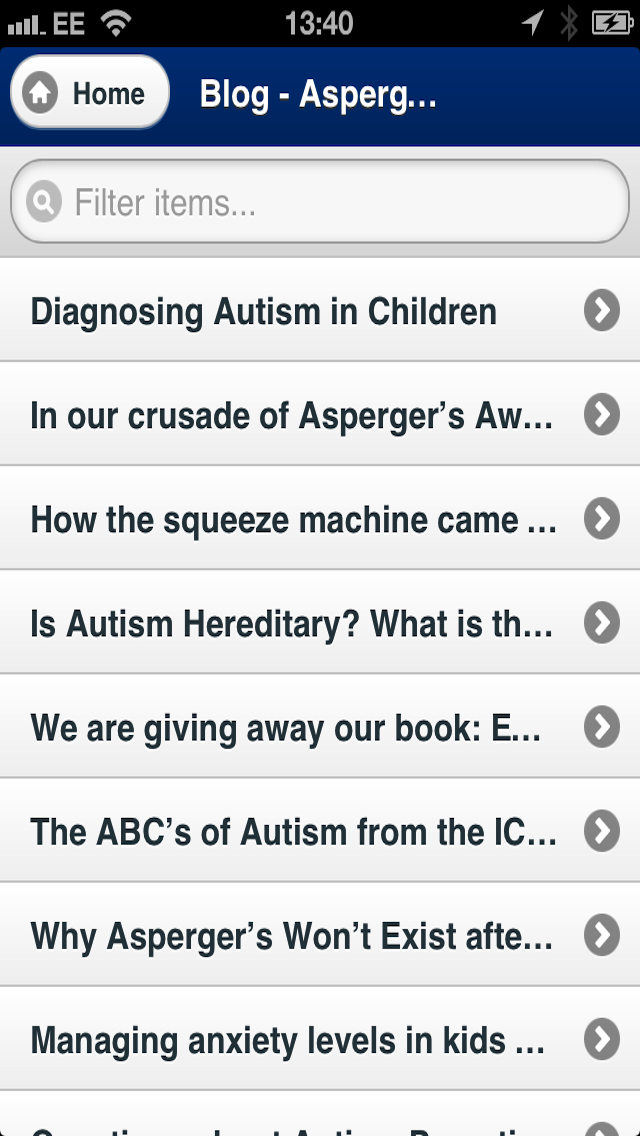 This interview will improve the specificity of the screen, and also provides an opportunity for you to discuss the parent or caregiver's specific concerns. Administering the M-CHAT-R Follow-Up Interview may also reduce unnecessary referrals.
This interview will improve the specificity of the screen, and also provides an opportunity for you to discuss the parent or caregiver's specific concerns. Administering the M-CHAT-R Follow-Up Interview may also reduce unnecessary referrals.
A guide to administering the Follow-Up Interview is found here: http://www.autismspeaks.org/sites/default/files/2018-09/m-chatinterview.pdf
More information about the M-CHAT-R can be found at: http://www.mchatscreen.com
Thank you for your time with this patient and his/her family. For more information please visit: http://www.autismspeaks.org/first-concern-action.
Autism Speaks
© 2009 Diana Robins, Deborah Fein & Marianne Barton
Take the Autism Test | WIRED
Advertisement.
Skip Article Header. Skip to: Start of Article.
- Author: Wired Staff. Wired Staff Magazine
- Date of Publication: 12.
 01.01.
01.01. - Time of Publication: 12:00 pm.
Psychologist Simon Baron-Cohen and his colleagues at Cambridge’s Autism Research Centre have created the Autism-Spectrum Quotient, or AQ, as a measure of the extent of autistic traits in adults. In the first major trial using the test, the average score in the control group was 16.4. Eighty percent of those diagnosed with autism or a related disorder scored 32 or higher. The test is not a means for making a diagnosis, however, and many who score above 32 and even meet the diagnostic criteria for mild autism or Asperger’s report no difficulty functioning in their everyday lives.
UPDATE: Due to the age of the code powering the calculation required for the test it no longer works. We are coding a more modern version that will be available shortly. Manual calculation of the score is available by following the instructions at the bottom of the test.
Manual calculation of the score is available by following the instructions at the bottom of the test.
| Definitely agree | Slightly agree | Slightly disagree | Definitely disagree | ||
| 1 | I prefer to do things with others rather than on my own. | ||||
| 2 | I prefer to do things the same way over and over again. | ||||
| 3 | If I try to imagine something, I find it very easy to create a picture in my mind.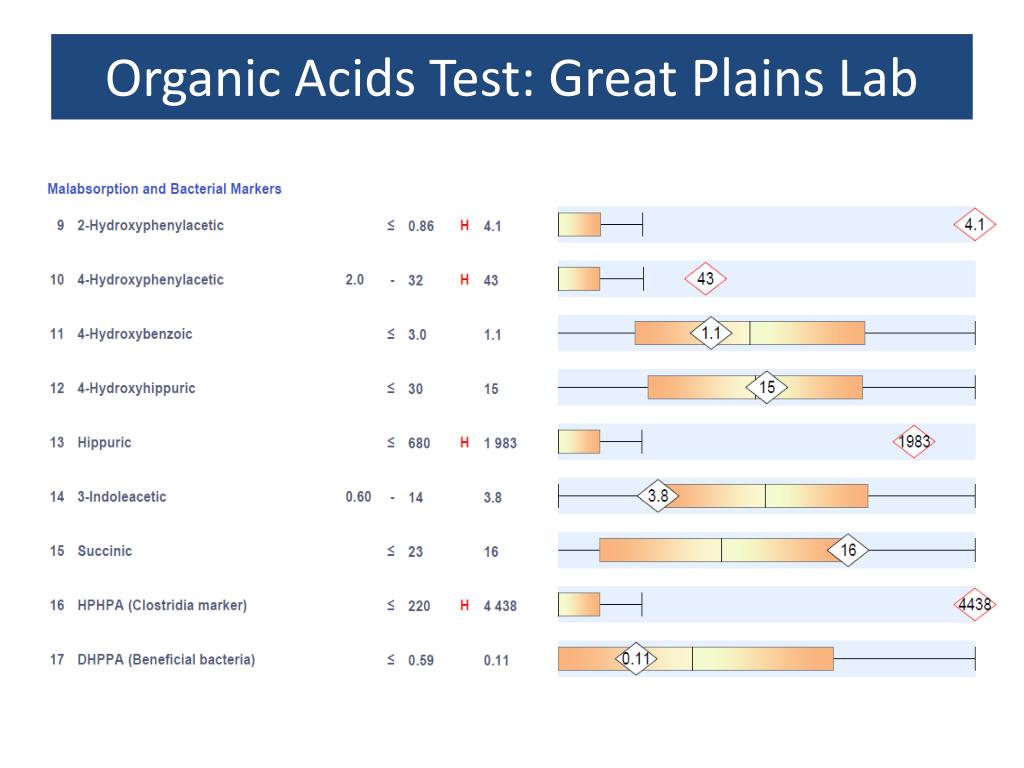 | ||||
| 4 | I frequently get so strongly absorbed in one thing that I lose sight of other things. | ||||
| 5 | I often notice small sounds when others do not. | ||||
| 6 | I usually notice car number plates or similar strings of information. | ||||
| 7 | Other people frequently tell me that what I’ve said is impolite, even though I think it is polite.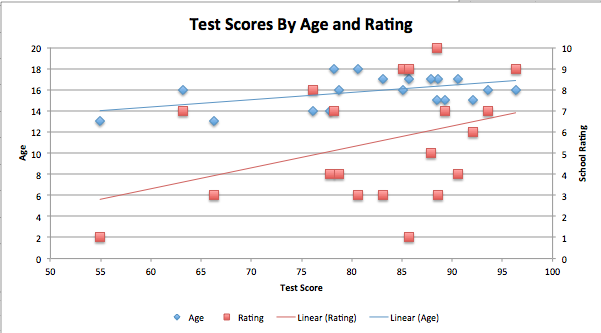 | ||||
| 8 | When I’m reading a story, I can easily imagine what the characters might look like. | ||||
| 9 | I am fascinated by dates. | ||||
| 10 | In a social group, I can easily keep track of several different people’s conversations. | ||||
| 11 | I find social situations easy. | ||||
| 12 | I tend to notice details that others do not. | ||||
| 13 | I would rather go to a library than to a party. | ||||
| 14 | I find making up stories easy. | ||||
| 15 | I find myself drawn more strongly to people than to things. | ||||
| 16 | I tend to have very strong interests, which I get upset about if I can’t pursue. | ||||
| 17 | I enjoy social chitchat. | ||||
| 18 | When I talk, it isn’t always easy for others to get a word in edgewise. | ||||
| 19 | I am fascinated by numbers. | ||||
| 20 | When I’m reading a story, I find it difficult to work out the characters’ intentions. | ||||
| 21 | I don’t particularly enjoy reading fiction. | ||||
| 22 | I find it hard to make new friends. | ||||
| 23 | I notice patterns in things all the time.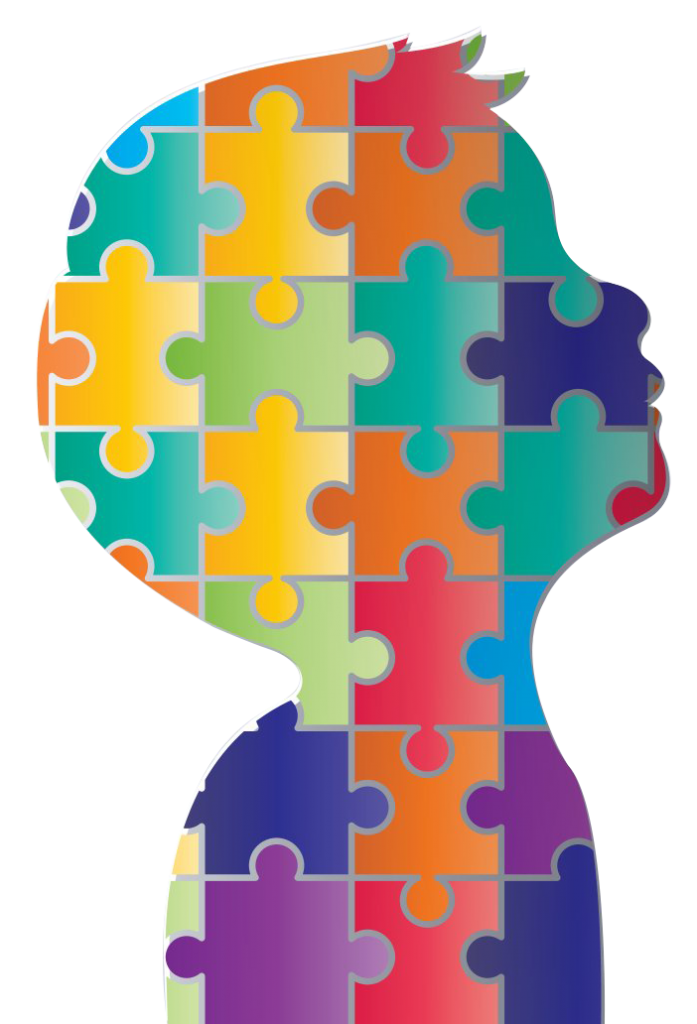 | ||||
| 24 | I would rather go to the theater than to a museum. | ||||
| 25 | It does not upset me if my daily routine is disturbed. | ||||
| 26 | I frequently find that I don’t know how to keep a conversation going. | ||||
| 27 | I find it easy to ‘read between the lines’ when someone is talking to me.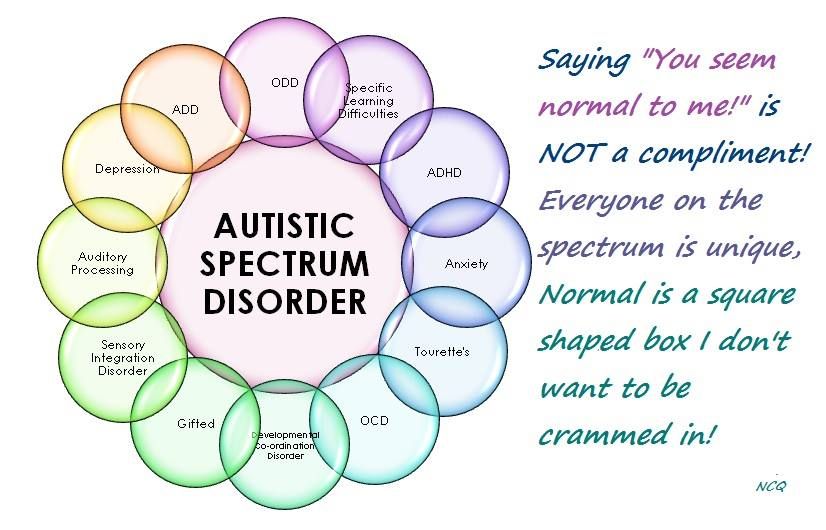 | ||||
| 28 | I usually concentrate more on the whole picture, rather than on the small details. | ||||
| 29 | I am not very good at remembering phone numbers. | ||||
| 30 | I don’t usually notice small changes in a situation or a person’s appearance. | ||||
| 31 | I know how to tell if someone listening to me is getting bored. | ||||
| 32 | I find it easy to do more than one thing at once. | ||||
| 33 | When I talk on the phone, I’m not sure when it’s my turn to speak. | ||||
| 34 | I enjoy doing things spontaneously. | ||||
| 35 | I am often the last to understand the point of a joke. | ||||
| 36 | I find it easy to work out what someone is thinking or feeling just by looking at their face. | ||||
| 37 | If there is an interruption, I can switch back to what I was doing very quickly. | ||||
| 38 | I am good at social chitchat. | ||||
| 39 | People often tell me that I keep going on and on about the same thing. | ||||
| 40 | When I was young, I used to enjoy playing games involving pretending with other children. | ||||
| 41 | I like to collect information about categories of things (e.g., types of cars, birds, trains, plants). | ||||
| 42 | I find it difficult to imagine what it would be like to be someone else. | ||||
| 43 | I like to carefully plan any activities I participate in. | ||||
| 44 | I enjoy social occasions. | ||||
| 45 | I find it difficult to work out people’s intentions. | ||||
| 46 | New situations make me anxious. | ||||
| 47 | I enjoy meeting new people.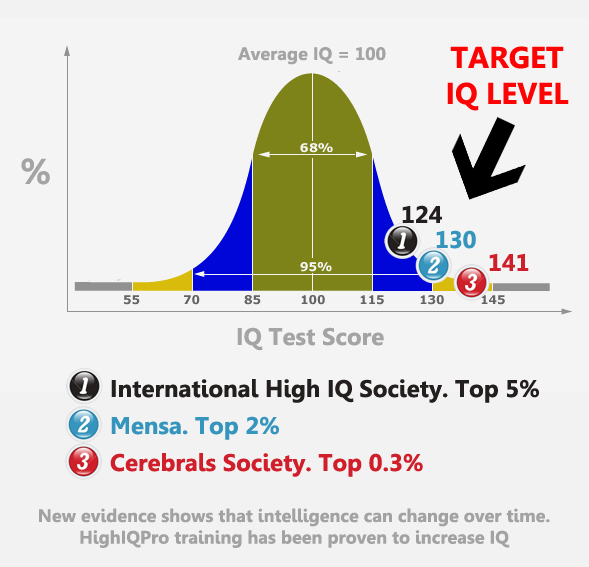 | ||||
| 48 | I am a good diplomat. | ||||
| 49 | I am not very good at remembering people’s date of birth. | ||||
| 50 | I find it very easy to play games with children that involve pretending. |
How to score:
“Definitely agree” or “Slightly agree” responses to questions 2, 4, 5, 6, 7, 9, 12, 13, 16, 18, 19, 20, 21, 22, 23, 26, 33, 35, 39, 41, 42, 43, 45, 46 score 1 point.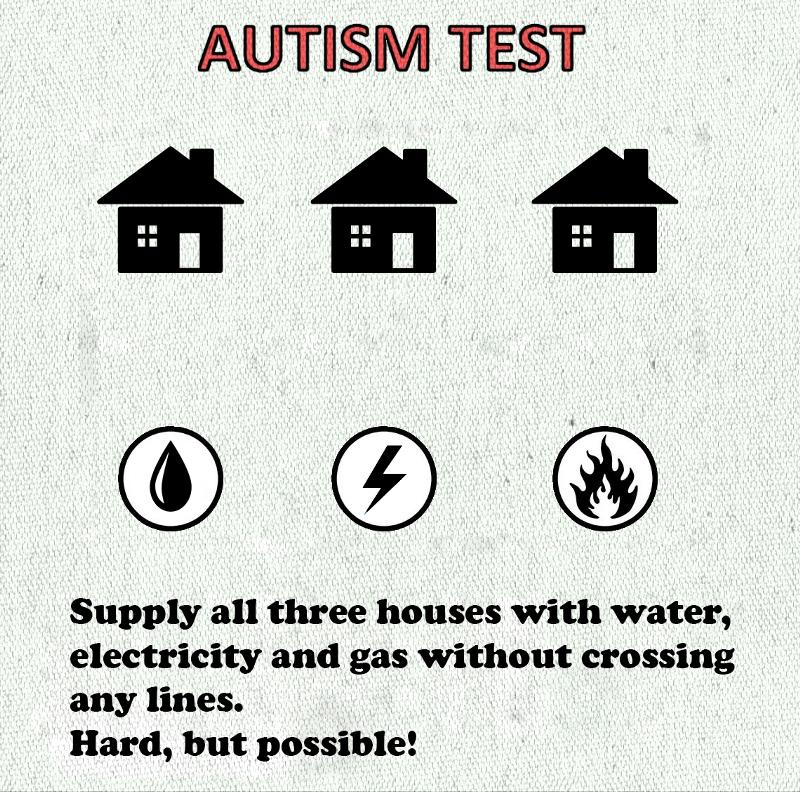
“Definitely disagree” or “Slightly disagree” responses to questions 1, 3, 8, 10, 11, 14, 15, 17, 24, 25, 27, 28, 29, 30, 31, 32, 34, 36, 37, 38, 40, 44, 47, 48, 49, 50 score 1 point.
© MRC-SBC/SJW February 1998. Published: Journal of Autism
and Developmental Disorders, 31, 5-17 (2001).
A diagnostic test that allows you to independently track the dynamics of a child's development - NGO of assistance to children with ASD "Contact"
ATEC Autism Test to assess progress and identify problems
TheAutism Test, ATEK, is used to assess progress in children with autism. Scoring is automatic.
I. Speech/Language/Communication Skills
| 1. Knows own name: YesSometimesNo | 2. Responds to 'no' or 'stop': YesSometimesNo |
| 3. Can execute some commands: YesSometimesNo | 4.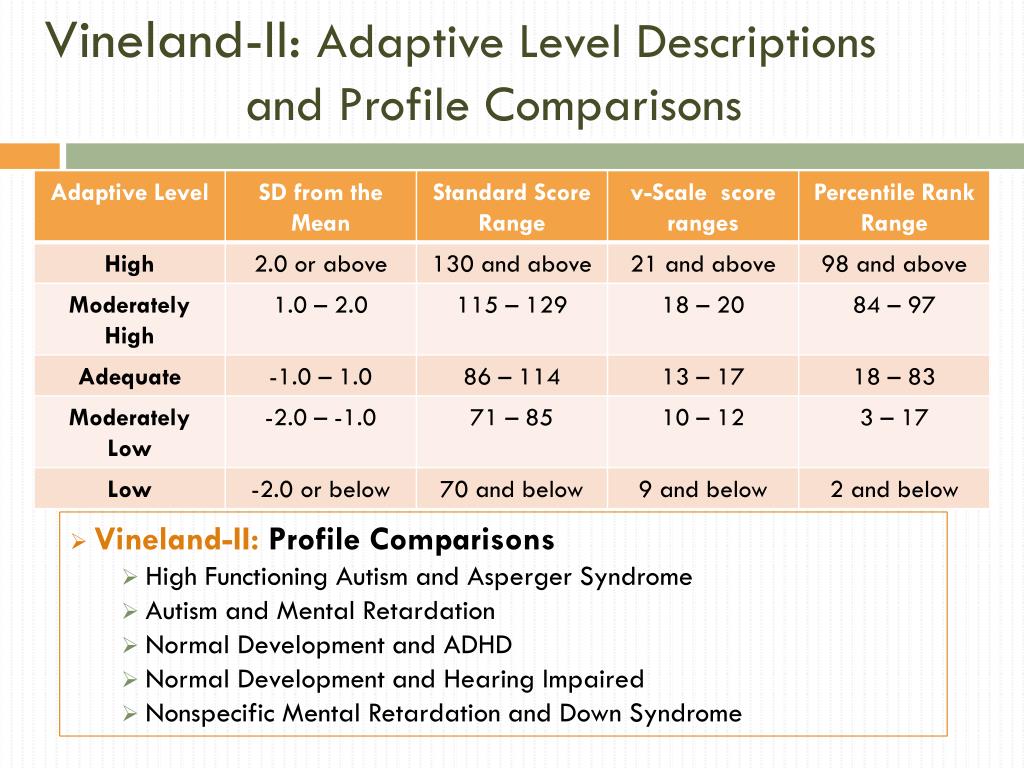 Can say one word: YesSometimesNo Can say one word: YesSometimesNo |
| 5. Can say 2 words in a row: YesSometimesNo | 6. Can say 3 words in a row: YesSometimesNo |
| 7. Knows 10 or more words: YesSometimesNo | 8. Uses sentences of 4 or more words in speech: YesSometimesNo |
| 9. Explains what he/she wants: YesSometimesNo | 10. Asks meaningful questions: YesSometimesNo |
| 11. Speech is most often meaningful/logical: YesSometimesNo | 12. Often uses sentences arranged in a logical sequence: YesSometimesNo |
| 13. Maintains a conversation: YesSometimesNo | 14. Has normal communication skills for her age: YesSometimesNo |
II. Socialization
| 1. Seems to be in a shell - you can't reach him/her: YesSometimesNo | 2. Ignores other people: YesSometimesNo |
3. Doesn't pay much attention when he/she is spoken to: YesSometimesNo Doesn't pay much attention when he/she is spoken to: YesSometimesNo | 4. Not willing to work together: YesSometimesNo |
| 5. No eye contact: YesSometimesNo | 6. Prefers to be alone: YesSometimesNo |
| 7. Shows no affection: YesSometimesNo | 8. Doesn't greet parents: YesSometimesNo |
| 9. Avoids contact with others: YesSometimesNo | 10. No simulation: YesSometimesNo |
| 11. Dislikes touching/hugs: YesSometimesNo | 12. Not divided, no pointing gesture: YesSometimesNo |
| 13. Does not wave goodbye: YesSometimesNo | 14. Naughty/Naughty: YesSometimesNo |
| 15. Has fits of anger, irritability: YesSometimesNo | 16. Lack of friends/no company: YesSometimesNo |
| 17. Rarely smiles: YesSometimesNo | 18. Doesn't understand other people's feelings: YesSometimesNo |
19. Indifferent if sympathy is expressed to him: YesSometimesNo Indifferent if sympathy is expressed to him: YesSometimesNo | 20. Does not respond to parental care: YesSometimesNo |
III. Sensory/Cognitive Skills
| 1. Responds to own name: YesSometimesNo | 2. Responds to praise: YesSometimesNo |
| 3. Looks at people and animals: YesSometimesNo | 4. Looks at pictures (and TV): YesSometimesNo |
| 5. Can draw, paint, craft: YesSometimesNo | 6. Plays with toys correctly: YesSometimesNo |
| 7. Facial expression appropriate to the situation: YesSometimesNo | 8. Understands what is happening on the TV screen: YesSometimesNo |
| 9. Understands explanations: YesSometimesNo | 10. Is aware of the environment: YesSometimesNo |
| 11. Recognizes danger: YesSometimesNo | 12. Shows imagination: YesSometimesNo |
13. Shows initiative: YesSometimesNo Shows initiative: YesSometimesNo | 14. Knows how to dress himself: YesSometimesNo |
| 15. Shows curiosity, interest: YesSometimesNo | 16. Courageous - explores surroundings: YesSometimesNo |
| 17. Adequately perceives the environment, does not withdraw into himself: YesSometimesNo | 18. Looks where others are looking: YesSometimesNo |
IV. Health / Growth / Behavior
| 1. Bedwetting: Not a problem Mild problem Medium problem Serious problem | 2. Peeing in pants/diapers: No problem Mild problem Medium problem Serious problem |
| 3. Pooping in pants/diapers: No problem Mild problem Medium problem Serious problem | 4. Diarrhea: Not a problem Mild problem Medium problem Serious problem |
| 5. Constipation: Not a problem Mild problem Medium problem Serious problem | 6.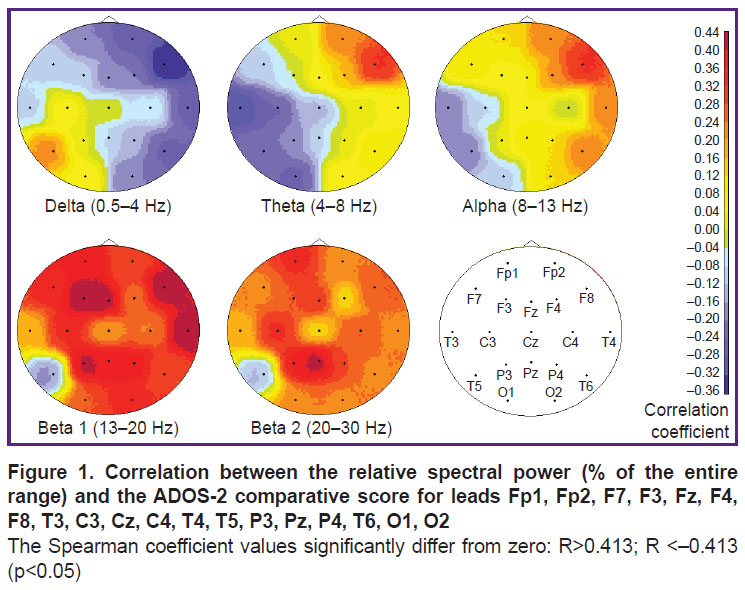 Sleep problems: Not a problem Mild problem Medium problem Serious problem Sleep problems: Not a problem Mild problem Medium problem Serious problem |
| 7. Eating too much/too little: Not a problem Mild problem Medium problem Serious problem | 8. Eats a very limited set of foods: No problem Mild problem Medium problem Serious problem |
| 9. Hyperactivity: Not a problem Mild problem Medium problem Serious problem | 10. Apathy: No problem Mild problem Medium problem Serious problem |
| 11. Hits or injures himself: No problem Minor problem Medium problem Serious problem | 12. Hitting or injuring others: No problem Minor problem Medium problem Serious problem |
| 13. Breaks and throws everything around: No problem Minor problem Medium problem Serious problem | 14. Sound Sensitivity: No Problem Mild Problem Moderate Problem Serious Problem |
| 15. Anxiety/fear: Not a problem Mild problem Medium problem Serious problem | 16. Depression/tears: No problem Mild problem Medium problem Serious problem Depression/tears: No problem Mild problem Medium problem Serious problem |
| 17. Seizures: No problem Mild problem Medium problem Serious problem | 18. Obsessive Speech: Not a Problem Mild Problem Medium Problem Serious Problem |
| 19. Same procedure: No problem Mild problem Medium problem Serious problem | 20. Screams and Shouts: No Problem Minor Problem Medium Problem Serious Problem |
| 21. Need for uniformity: Not a problem Mild problem Medium problem Serious problem | 22. Persistent agitation: No problem Mild problem Medium problem Serious problem |
| 23. Insensitivity to pain: No problem Mild problem Medium problem Serious problem | 24. Concentration on certain subjects/topics: Not a problem Mild problem Medium problem Serious problem |
| 25. Repetitive movements: Not a problem Mild problem Medium problem Serious problem |
Outcome scale:
- 10-15 non autistic child, completely normal, well developed child
- 16-30 non-autistic child, slight developmental delay
- 31-40 mild or moderate autism
- 41-60 moderate autism
- 61 and above severe autism
The ATEC test is not a diagnostic test, but serves to evaluate progress. The test is not intended to confirm the presence of autism, for an accurate diagnosis, you must contact a specialist.
The test is not intended to confirm the presence of autism, for an accurate diagnosis, you must contact a specialist.
Ministry of Health
Childhood autism
Pervasive (general) developmental disorder characterized by disturbances in social interaction and communication, as well as the presence of stereotypes and limited interests. This disorder manifests itself at an early age (up to three years).
In countries using the ICD-10, the diagnosis of childhood autism" is still relevant, while in the DSM-5 it is included in the diagnosis of "disorder autism spectrum"
Autism (autism spectrum disorder, ASD) is a neurological disorder development with a variety of symptoms.
Modified Autism Screening Test for Children, Revised (M-CHAT-R)
Modified Checklist for Autism in Toddlers- Revised, M-CHAT-R
Screening A Level I Risk Assessment Tool for Autism Spectrum Disorders (ASD) in a child between the ages of 16 and 30 months.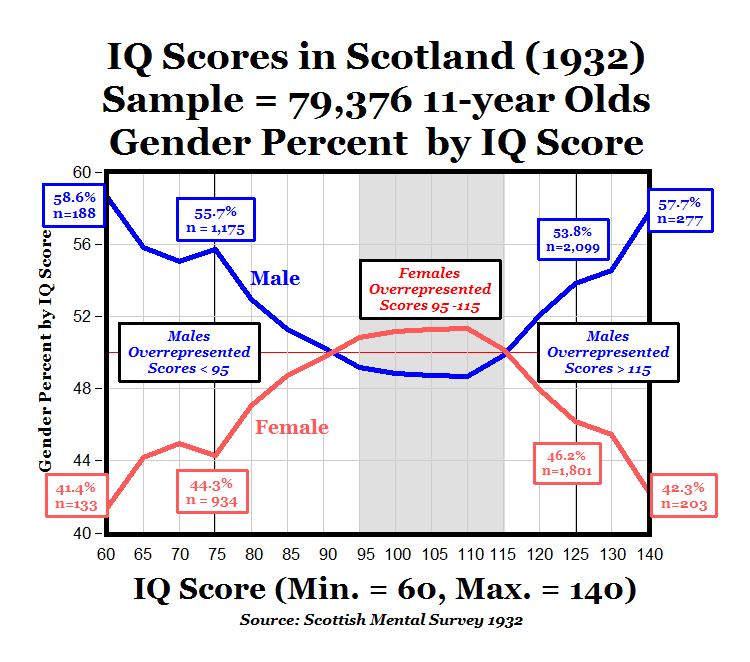 Consists of 20 questions can be answered by both the parent and any other adult in close contact with child. The survey can be conducted both in person and over the phone. or even online. This questionnaire is considered the most studied and effective a level I screening tool for ASD risk assessment.
Consists of 20 questions can be answered by both the parent and any other adult in close contact with child. The survey can be conducted both in person and over the phone. or even online. This questionnaire is considered the most studied and effective a level I screening tool for ASD risk assessment.
To take the test to determine the risk of autism in a child, be sure to contact your clinic.
You can familiarize yourself with the test and pre-pass it at the link . You you can take the online version of the M-CHAT-R questionnaire, which allows you to determine the risk of autism in a child aged 16-30 months. It consists of 20 questions for parents. It usually takes a few minutes to answer questions. For passing test, follow the active link above or click on the banner:
Video about identifying signs of autism in a child: "Watch the child"
List useful online resources on autism:
http://test-autism.
